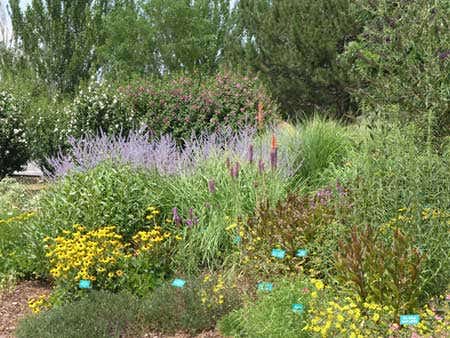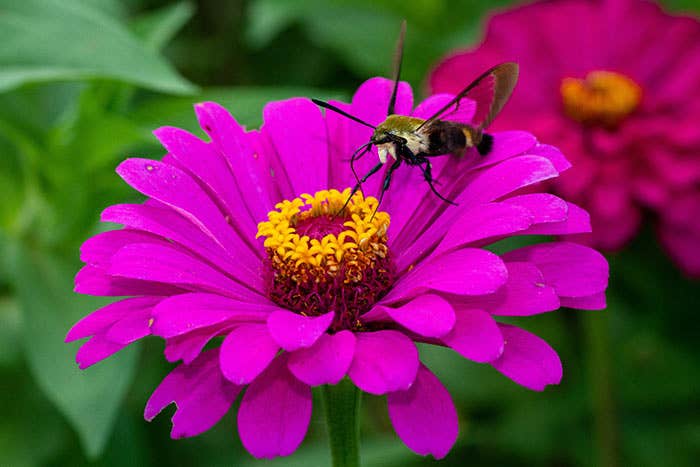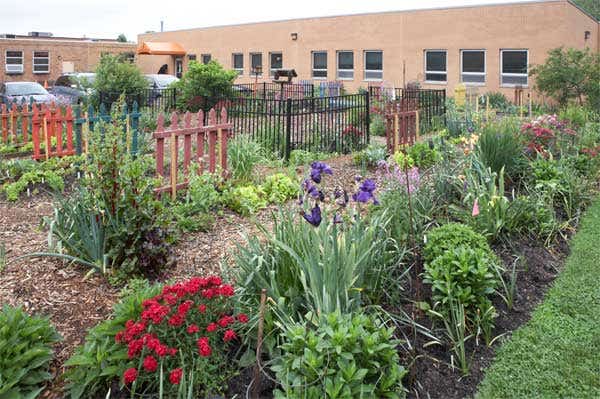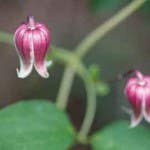Southeast: January/February Gardening
A Louisiana Master Gardener shares current tips and news
Top 5 “to do’s” in January and February:
In our Zone 8 area, there is always something that can be done in the garden. Although January and February are our coldest months, the weather is usually warm enough to get outside and it sure beats working in the withering heat of summer. My list:
- Planning. It's a wonderful time to review the successes and failures of the previous growing season and pore over magazines and catalogs to decide what I'll try for the upcoming season.
- Planting. Our ground doesn't freeze and January is the perfect time to get shrubs and trees into the ground in time for the typical early spring rains to settle them in. It gives them a headstart before the punishing heat and drought of our summers arrive. January is also the time to plant tulip and hyacinth bulbs that have been chilling in the refrigerator since October.
- Propagation. I have success with fig tree cuttings taken in January and rose cuttings in February. In February I also like to start seeds I've saved from my summer annuals. I start these in flats indoors under lights.
- Pruning. Summer- and fall-blooming shrubs need to be pruned before flower buds are set. On or about February 14t, I prune my roses, except for the climbers.
- Protecting. In January and February I need to be on the lookout for an increase in plant damage by deer. Temporary wire barriers can sometimes help with this. I also have problems with scale on many of my trees and shrubs, and the best thing I've found to combat scale is dormant oil spray. I can't safely use it during our warmer months, but I do take advantage of the stretches of mild temperatures we often have in January and February to get a handle on the scale problem. I also protect my plants during the occasional freezing temperatures of January and February by mulching with plenty of pine straw.
Recent local gardening trends: Variety! Just a few years ago everyone planted the same things–it's all we had available. Pansies, petunias, impatiens, marigolds and zinnias comprised our annual beds. I would read about different plants in magazines, but they were rarely to be found locally. Then all of the sudden I started seeing an explosion of new cultivars and unusual plants. A trip to the nursery now can be an exciting adventure and learning experience. More and more gardeners are trying out new plants and our gardens are so much more interesting!
Recent challenges to local gardeners: There are two things that come to mind. The first is drought. Within the last ten years, our area, along with much of the south, experienced dry conditions for long periods of time. This is perplexing to Louisiana gardeners, who were accustomed to frequent rain. As our water bills rise and we see other areas imposing water rationing, I think we are all beginning to think more about conservation of available water, and planting more drought tolerant plants. We're also taking another look at the use of native plants that are proving to be more adaptable.
The second challenge I'm seeing has to do with wildlife. As more and more homes are being built in rural areas, wildlife habitats are shrinking and the battle between gardener and hungry creatures is escalating. I live in a rural area and with new developments springing up all over, we're seeing much more wildlife than ever before. Unfortunately, it is because they are being forced out into the open looking for food and shelter. As a gardener, I try to remember my garden was once wildlife habitat when I get up to find my prized rosebush eaten to the ground, or the peaches I was looking forward to eating disappear from the tree before they are completely ripe. I protect what I can with wire barriers and a sentry of pet dogs, but I also can appreciate and work around the occasional nest of wild bunnies. I put out bird feeders and look the other way when squirrels and raccoons take more than their share. The creatures of the woods have to eat too.
About Linda: I am a new Master Gardener, but an old gardener, having gardened in one form or another for at least forty years. I took the Master Gardener course last spring and have enjoyed being involved in the program more than I could have ever imagined. I am a retired probation officer, a new grandmother, and besides gardening I like to write, take photographs, and have an interest in animals. My husband and I share our home with five rescued cats, five rescued dogs, and three small parrots, one found thrown away, cage and all, in a garbage dumpster. I also keep chickens and guinea fowl.
About gardening in St. Francisville: I have a large space in which to garden and have several garden "areas". I lean more to the cottage garden style, since I like things that mix and mingle and sometimes reach out to gently touch a visitor as they walk in the garden. Although I call myself a gardener, sometimes I think I am more of a plant collector as I have a weakness for plants and especially like the unusual or hard to find specimens. It's hard to say what plant is my favorite because I have never "met" a plant I didn't like. I have carnivorous plants such as regal Sarracenias and the bizarre Droseras.that always attract attention. I have plants sentimental to me such as the very Sansevierias that once grew in tin cans on my grandmother's porch when I was a child. A newly acquired Erythrina crista-galli, or cry baby tree, has been a pleasure to me as it first bloomed this past summer. And then there is my newest prize, Spiranthes cernua odorata (Nodding Ladies Tresses), a plant I had long sought and finally acquired when I mentioned to a gardening acquaintance I was looking for a source. She smiled and led me to her back yard where she had a whole bed of the beauties and a cluster of potted offshoots she was trying to give away! And as much as I like the uncommon plants, I also love our southern favorites, the fall/winter Camellias, the spring flowering Azaleas, and of course the summer flowering Crape Myrtles.






